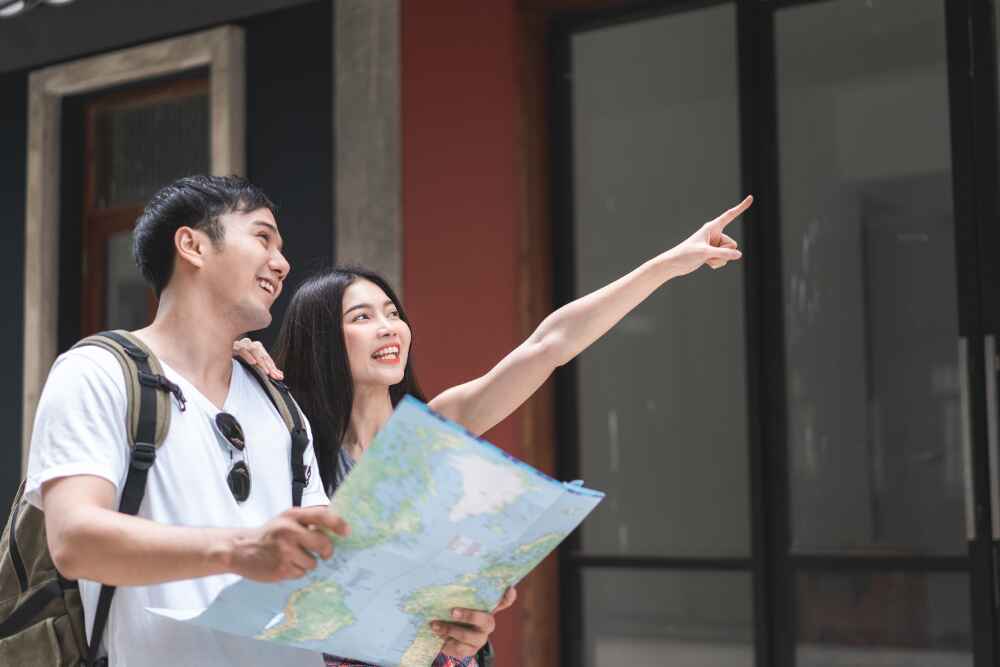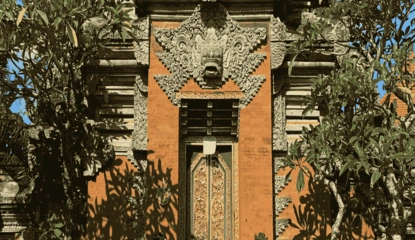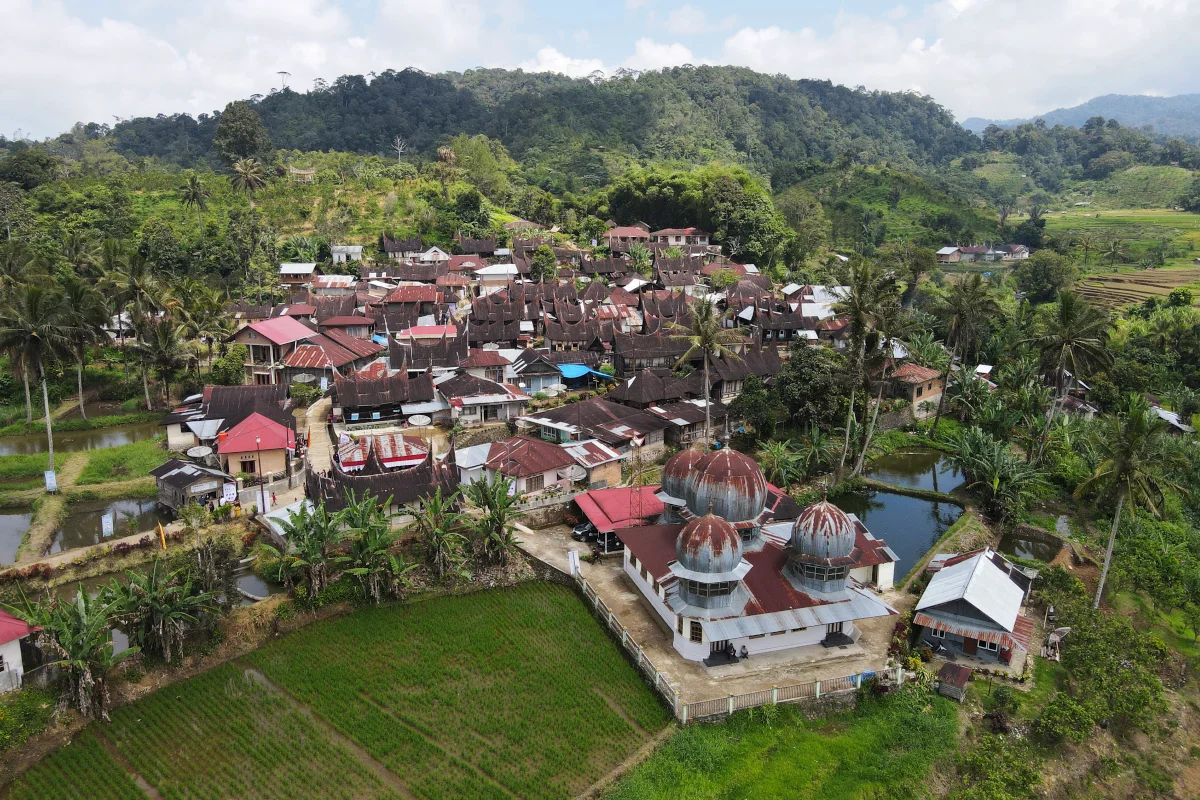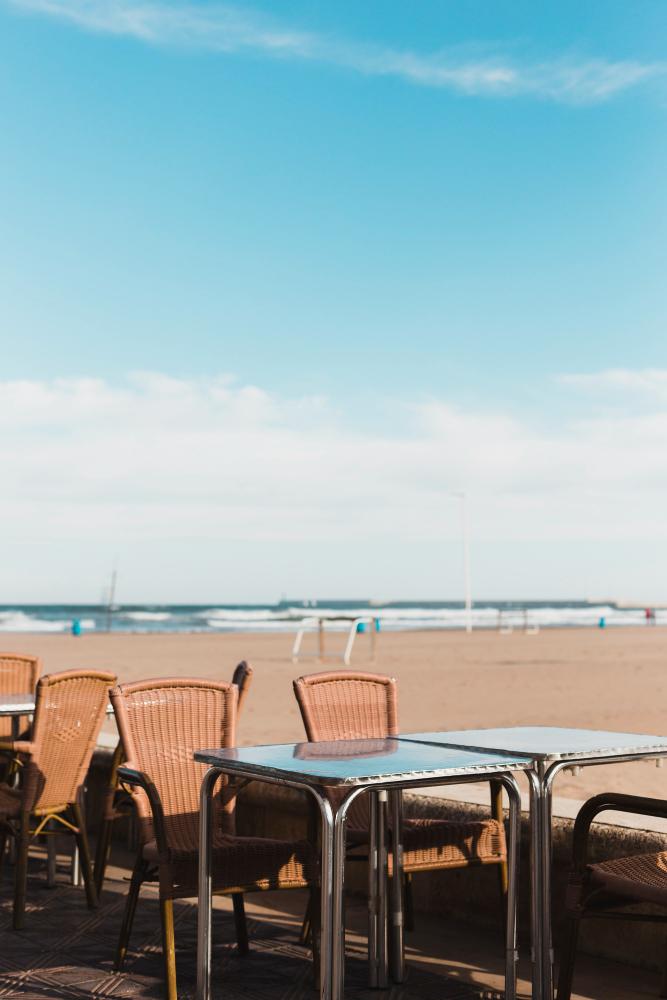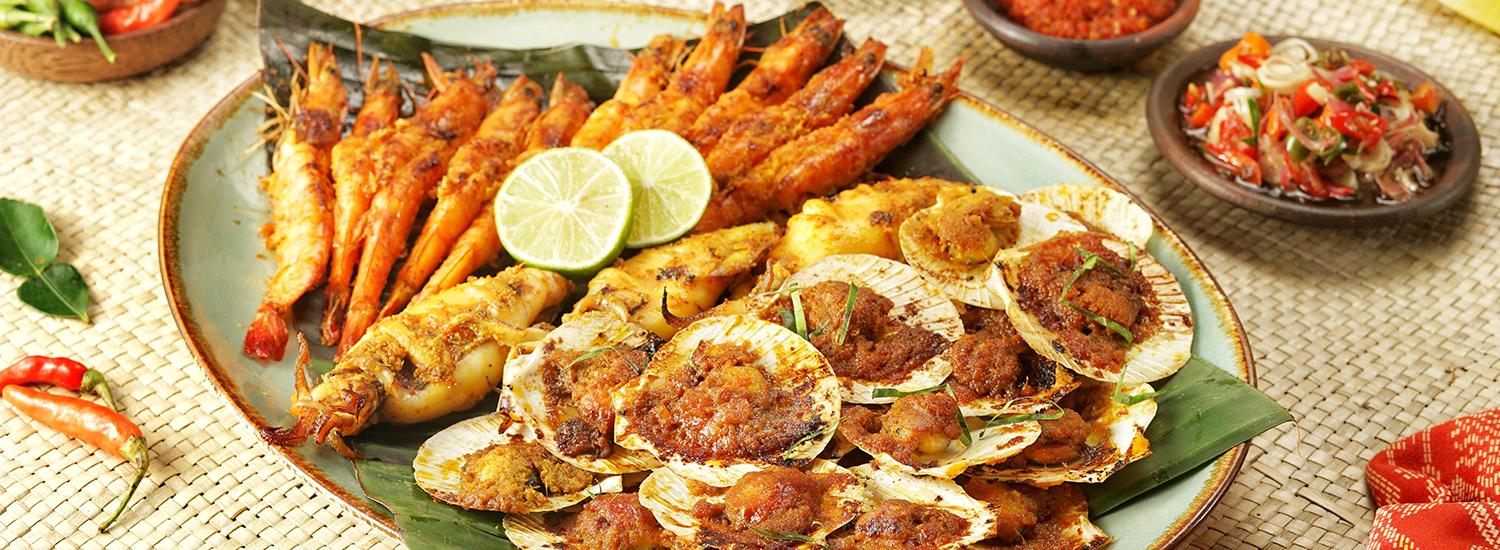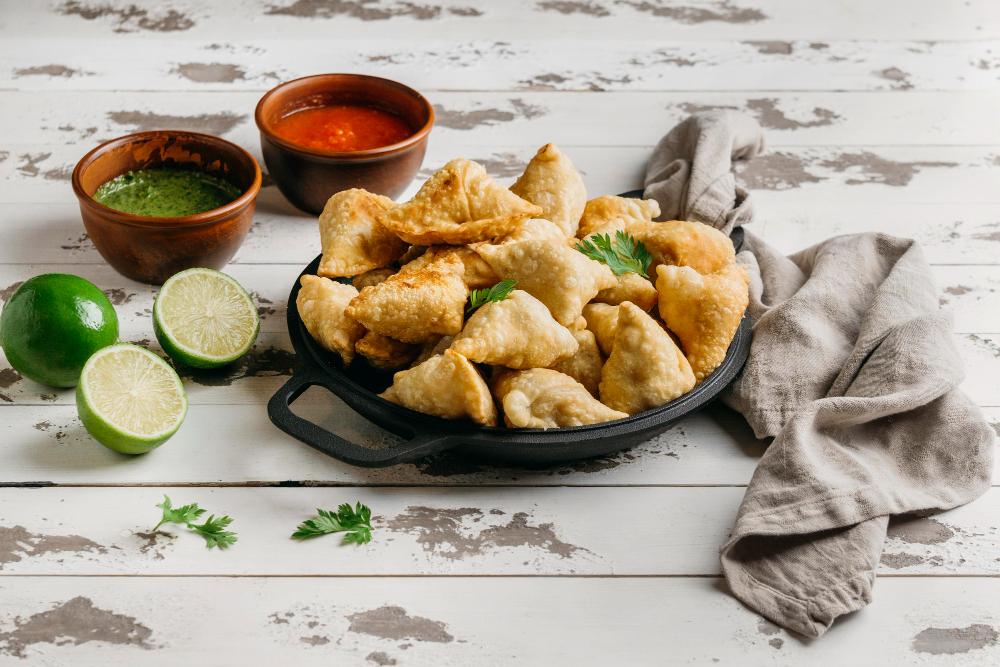Who doesn't recognize Rumah Gadang? Its unique roof shape, full of symbols, makes Rumah Gadang one of Indonesia's pride, especially for the Minangkabau people in West Sumatra..
Rumah Gadang reflects the wealth of ancestral culture, with its character, shape, philosophy, and construction methods being truly unique. One of the distinctive features of Minangkabau architecture is the gonjong roof, which rises and is adorned with ornaments at its peak.
The gonjong roof was designed to adapt to the tropical climate of West Sumatra. Additionally, traditional Minangkabau buildings demonstrate their ability to withstand earthquakes, which often hit the region. Initially, the gonjong roof was only used in the houses of the highlands. However, due to the Minangkabau people who migrated out of West Sumatra, the gonjong roof has now become a symbol of being a Minangkabau native or descendant.
Regarding the origin and philosophy of the gonjong, there are several interpretations often referenced, including associations with the shape of a buffalo's horn, a ship's bow, and stacked betel leaves. The theory connecting the gonjong roof to a buffalo's horn is based on the legend of the origin of the name Minangkabau. Another interpretation links the gonjong to the bow of a ship, associated with the landing of Iskandar Zulkarnain, one of the ancestors of the Minangkabau people. Another interpretation suggests the gonjong resembles stacked betel leaves, which have long been a significant and sacred cultural symbol in Minangkabau. These differing views are common, as Minangkabau's history has primarily been passed down orally in the form of stories, known as tambo.
One popular philosophy related to the gonjong roof is that it symbolizes hierarchy in decision-making. The curved and dominant shape signifies that things need not be said directly but rather diplomatically. The shape of the boat represents the Minangkabau people's remembrance of their ancestors who sailed to this region, while the Iskandar Zulkarnain hat symbolizes power.
One perfect place to visit if you want to learn more about the unique Minangkabau house architecture is Desa Wisata Saribu Gonjong, or Sarugo, located in Jorong Sungai Dadok, Nagari Koto Tinggi, Gunung Omeh District, Limapuluh Kota. This village is about 180 km north of Padang City, which can be reached by a 5-hour land journey.
Although the trip is relatively long, you'll be treated to the breathtaking natural scenery of West Sumatra along the way. Especially when you reach Suliki, where the vast rice fields meet the hills, making the 5-hour trip enjoyable. In Suliki, you can also visit the birthplace and tomb of one of Indonesia's national heroes, Sutan Ibrahim Gelar Datuk Sutan Malaka, also known as Tan Malaka.
From the tomb, it takes about 30 more minutes to reach Desa Wisata Sarugo. But take your time because you can enjoy the natural scenery and taste the famous Siam Gunuang Omeh oranges, the main agricultural product of Sarugo.
Once you arrive in Desa Wisata Sarugo, you'll be welcomed by rows of Rumah Gadang, all lined up neatly facing the Grand Mosque. Each house has five gonjong, symbolizing the Five Pillars of Islam.
There are many things to explore when visiting Desa Wisata Sarugo, from enjoying various rendang dishes to drinking kawa daun coffee, which is brewed from dried kawa leaves, much like tea. In addition to the cuisine, you can also explore bamboo crafts and the picturesque surroundings of the village.
The village's remote location and hillside setting help preserve its culture and natural beauty. As mentioned by the Minister of Tourism and Creative Economy, Sandiaga Salahuddin Uno, during his visit to Desa Wisata Sarugo for the Anugerah Desa Wisata Indonesia (ADWI) 2021, the culture and local wisdom of Sarugo have been well-preserved, as has its natural beauty. The minister also urged the residents to continue preserving these potentials.
Excited to explore Desa Wisata Sarugo? Support the recovery of tourism and the creative economy by getting vaccinated and following the 6M health protocol: wearing masks properly, washing hands with soap, maintaining distance, avoiding crowds, limiting mobility, and refraining from eating together, ensuring a safe and comfortable travel experience!
For those planning a vacation, don't forget to follow @pesonaid_travel on IG @pesonaid_travel, Facebook: @pesonaid_travel, dan visit website www.indonesia.travel.


